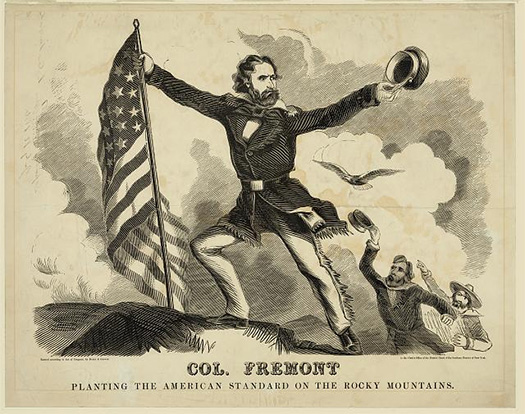On November 14, 1910, a professional “aviationist” named Eugene Ely stood by his plane on a temporary platform built over the foredeck of the USS Birmingham, a scout cruiser moored at the Norfolk Naval Shipyard. On this rainy day, the 24-year-old pilot proposed to be the first man to fly an “aeroplane” from a ship at sea, seven years after the Wright Brothers’ initial flight.
Designed by Glenn H. Curtiss, pioneering pilot, aircraft manufacturer, and the Wrights’ chief competitor, the biplane’s body was crafted from bamboo, fabric, and wire. An open lattice made up the airframe. From a chair on the lower wing, forward of the “pusher” engine and propeller, the pilot controlled lateral and vertical motion through an automobile steering wheel and a pair of pedals. The wingspan measured some 30 feet; the entire 26-foot-long contraption rested on a three-wheel landing gear. Its 50-horsepower engine had not yet arrived.

